Purchasing a home is an exciting and important milestone in life. However, one of the biggest hurdles for potential homeowners is coming up with the down payment required by lenders. Traditionally, mortgage lenders have required a significant down payment - typically 20% of the purchase price - as a way to mitigate risk and ensure that borrowers have a vested interest in their property. However, this high down payment requirement can make it difficult for many people to enter the housing market.
Thankfully, there are ways to get a mortgage with a low down payment, making homeownership more accessible for those with limited funds. In this guide, we will explore different options for obtaining a mortgage with a low down payment, as well as the benefits and drawbacks of each.
Key Takeaway:
A down payment of 20% is traditionally required by mortgage lenders to mitigate risk and ensure borrower investment in the property, which can make it difficult for many people to purchase a home. There are options available for obtaining a mortgage with a low down payment, making homeownership more accessible, but it's important to understand the benefits and drawbacks of each option before making the big decision to buy a home.
Understanding Down Payments
Before delving into how to get a mortgage with a low down payment, it's important to understand what a down payment is and why it's required by lenders. Simply put, a down payment is an upfront amount paid towards the purchase price of a home. It is typically expressed as a percentage of the total purchase price, with 20% being the standard requirement.
The purpose of a down payment is to reduce the risk for lenders. It shows that the borrower has some skin in the game and is less likely to default on their mortgage payments. If a borrower were to default on their loan, the lender could potentially recoup their losses by selling the property and using the down payment as a buffer.
Low Down Payment Options
Now, let's explore some options for obtaining a mortgage with a low down payment:
Federal Housing Administration (FHA) Loans: These loans are insured by the federal government and require only 3.5% down. They are available to borrowers with lower credit scores, making them an attractive option for those with less-than-perfect credit.
Department of Veterans Affairs (VA) Loans: Available to eligible veterans and their families, VA loans require 0% down and have lower interest rates than traditional mortgages.
United States Department of Agriculture (USDA) Loans: These loans are designed for rural or suburban homebuyers and require 0% down. They also offer lower interest rates and mortgage insurance premiums than traditional loans.
Conventional Loans with Private Mortgage Insurance (PMI): While conventional loans typically require a 20% down payment, borrowers can opt to pay for PMI instead. This allows them to put down as little as 3% while still obtaining a traditional mortgage.
Pros and Cons of Low Down Payment Mortgages
There are both benefits and drawbacks to obtaining a mortgage with a low down payment. Some of the pros include:
Lower upfront costs: With low down payment options, homebuyers can enter the housing market sooner and with less money saved.
Opportunity for homeownership: For those who may not have been able to save up a large down payment, these options provide an opportunity for homeownership that would otherwise not be available.
Flexibility with funds: By putting down less money upfront, borrowers can use their savings for other expenses such as home renovations or emergency funds.
On the other hand, there are also some potential drawbacks to consider:
Higher monthly payments: With a lower down payment often comes a higher loan amount, resulting in a larger monthly mortgage payment.
Private Mortgage Insurance (PMI): If opting for a conventional loan with less than 20% down, borrowers will need to pay for PMI. This adds an additional cost to the monthly mortgage payment.
Higher interest rates: Some low down payment options may come with higher interest rates, resulting in more money paid over the life of the loan.
Overall, the decision to obtain a mortgage with a low down payment should be carefully considered and based on your individual circumstances. It's important for borrowers to weigh these potential costs and benefits before making a decision.
Final Thoughts
While saving up for a 20% down payment may seem like an impossible feat, there are options available for obtaining a mortgage with a low down payment. By understanding the various loan options and their potential benefits and drawbacks, borrowers can make an informed decision that works best for their financial situation. Remember to carefully consider your budget, future plans, and long-term goals when deciding on the right down payment amount for you. With a little research and planning, homeownership may be more attainable than you think!

